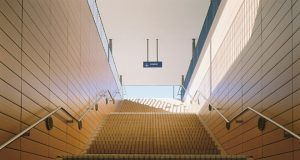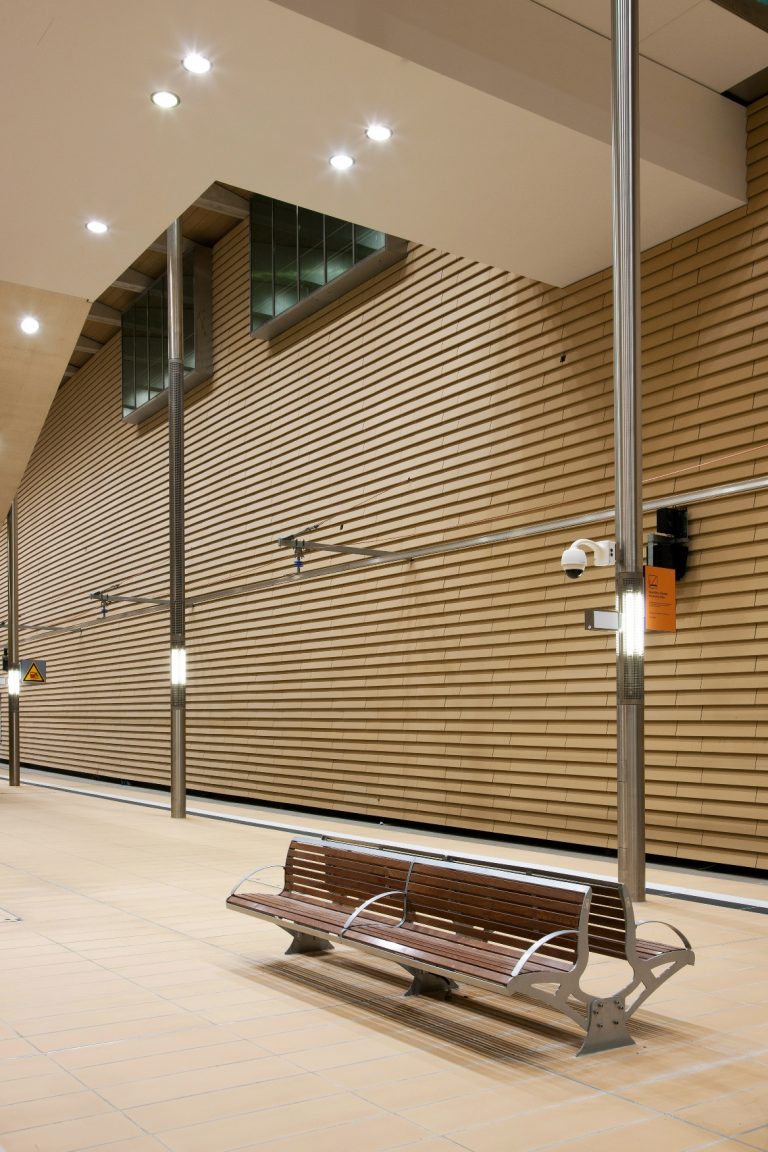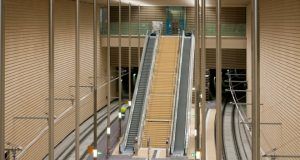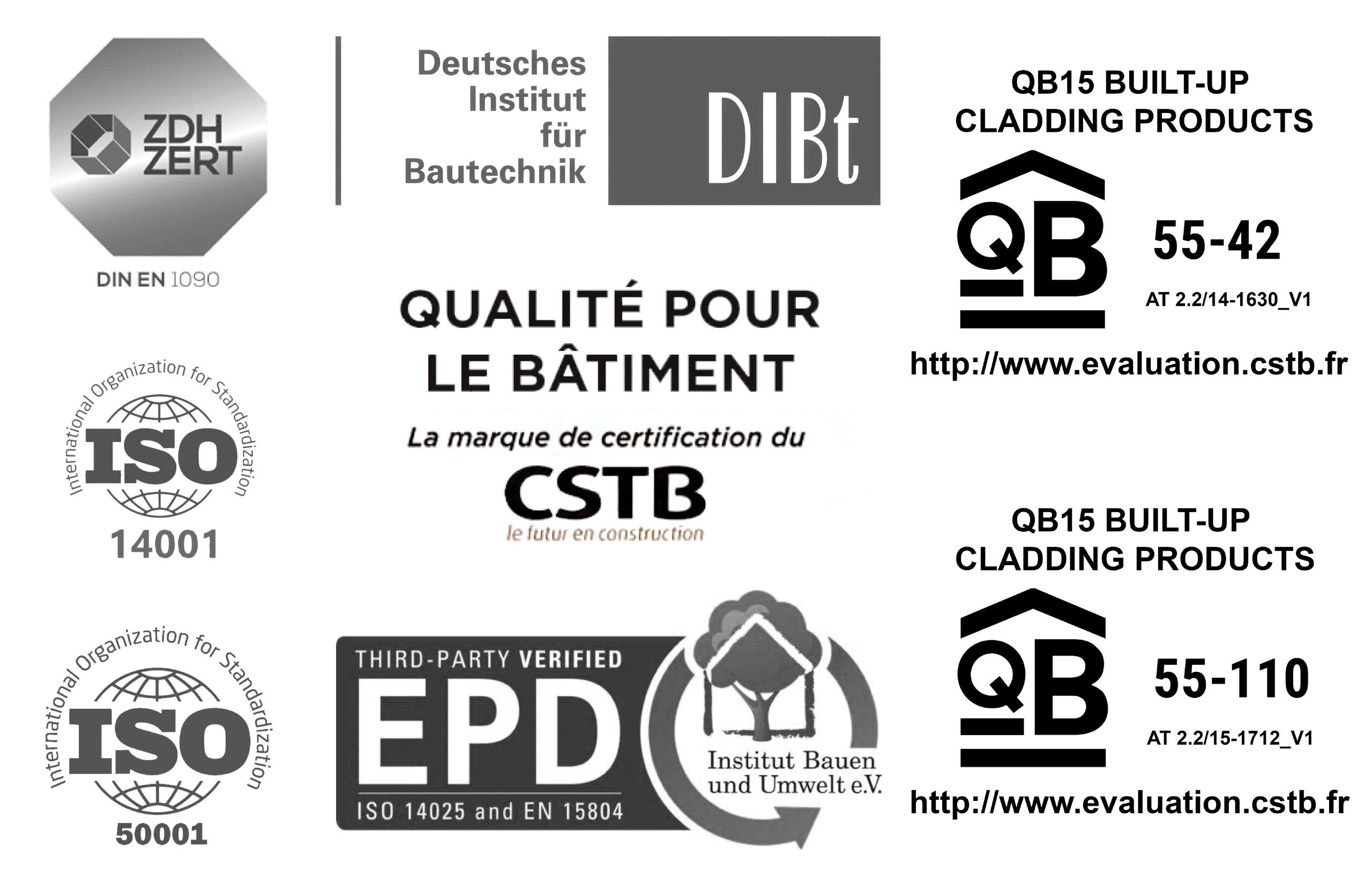
ARCHITECT DIPL.-ING. ECKHARD WUNDERLING
Fire, water and clay. For us architects, the term “ceramic” triggers a host of associations, from the millennia-old elaborate utilitarian pottery originating from Japan and China to the rich 16th-century mosaic work in Isfahan, Persia. In modern architecture, the experimental work of Alvar Aaltos with plastic wall ceramics and the intensive search of Jörn Utzons for the ideal cladding of the shells on his Sydney Opera House stand out. In recent decades, the development of new or perfected production techniques in the manufacture of ceramic panels and bars has led to whole new opportunities in architecture. The dimensioning, manufacturing accuracy and deformation capabilities of ceramic panels have progressed rapidly. In the extrusion and compression-moulding process, all kinds of individual shapes can be produced cost-effectively. The shrinkage and deformation of the ceramics, which still consist of clay minerals burned at high temperatures, have been optimised and a high level of dimensional stability has been attained. Through-dyed ceramics with a wide range of shades are supplemented by highly diverse colour interaction of the possible glazes.
In design planning in our architectural practice, we have been working intensively with ceramic materials for wall, ceiling and fl oor surfaces since back in the mid-1990s. Projects in which all kinds of requirements converge – such as highquality design, economic effi ciency, revision capability, user-friendliness, durability and a compressed construction process – are ideal for the material. One such project is the city train station below the historic market square in Leipzig, which entered into operation in
December 2013. The curved 150 m-long station hall only consists of a few materials: ceramic panels and bars for the surfaces, white concrete for the lines and brushed stainless steel for the technical elements. The longitudinal walls of the station support a scaled façade consisting of 1.50 m-long ceramic panels, while the service rooms on the platform and the front walls of the station support a façade made from ceramic bars. As well as refl ecting the intended design, the façades meet various technical requirements. For instance, to achieve an agreeable room acoustic and speech intelligibility in the hall, the sound through the open horizontal joints between the panels and bars is absorbed by a layer of glass granules mounted on the reinforced-concrete walls.
The art critic A. Bartetzky summarised his impression of the station in an article in the Frankfurter Allgemeine Zeitung newspaper: “The station market catches the eye with its particularly spacious and friendly feel. The 18-metre-high platform hall clad all around with honey-coloured terracotta panels combines airy monumentality with cosiness – two qualities that are unusual in an underground city train station.”
… And what could be a more fitting reference to the city‘s medieval clay quarry than a high hall made from the distinctive ceramic material? After all, the production of ceramics – this age-old, constantly evolving and refi ned art – still involves the three basic elements of fi re, water and clay.
Eckhard Wunderling, architect BDA DWB



